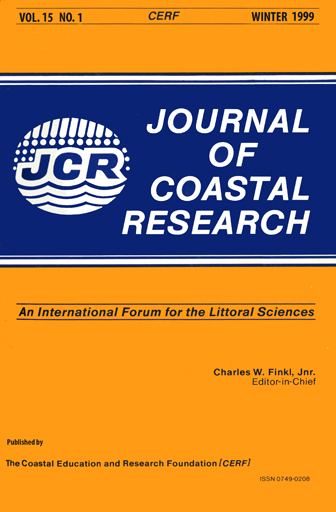Evidence for Late Holocene Tsunamis at Catala Lake, British Columbia
Keywords:
tsunamis, paleoseismology, earthquakes, sedimentology, pollen, diatoms, foraminifera, Cascadia subduction zone, British Columbia.Abstract
Thin sheets of sand and gravel occur within a sequence of fine organic-rich sediments at Catala Lake, off the west coast of Vancouver Island, British Columbia. The uppermost of these coarse sheets thins and fines landward away from the lake outlet, consistent with deposition by a tsunami. This coarse sediment sheet has been radiocarbon dated to some time after AD 1655; we suggest that it was deposited in 1700 by the tsunami of the last great earthquake at the Cascadia subduction zone. Abundant plant macrofossils, derived from nearby forest, are present within and on top of the sand and gravel layer, suggesting that the tsunami transported forest-floor litter, mosses, and seeds into Catala Lake. Deposition coincided with abrupt changes in diatom and foraminifera communities in the lake. The post-tsunami diatom assemblage is more marine in character than the immediate pre-tsunami assemblage, and the foraminifera community became more diverse after the tsunami. These changes are due either to coseismic subsidence or erosion of the outlet by the tsunami, which increased tidal exchange between the sea and the lagoon that was the precursor to Catala Lake. Older coarse sediment layers in cores from Catala Lake and the bordering marsh may also be tsunami deposits. One of these layers is about 1,000 years old and dates to the time of the penultimate great Cascadia earthquake.


